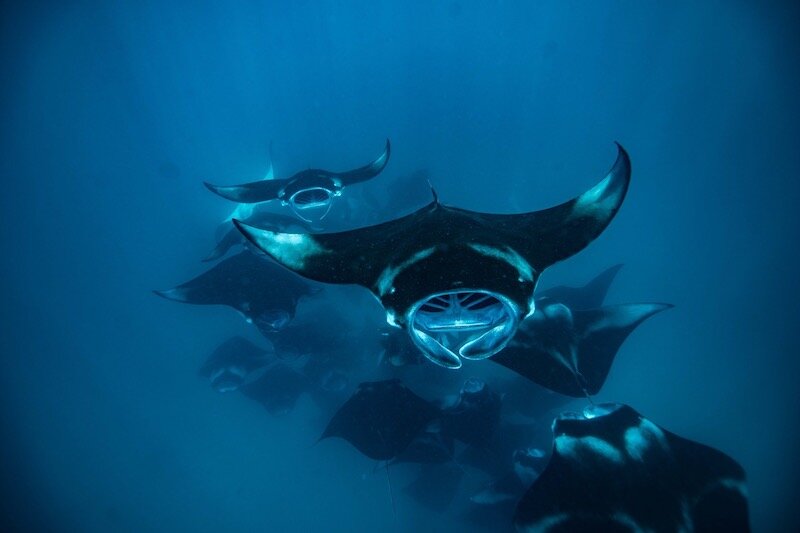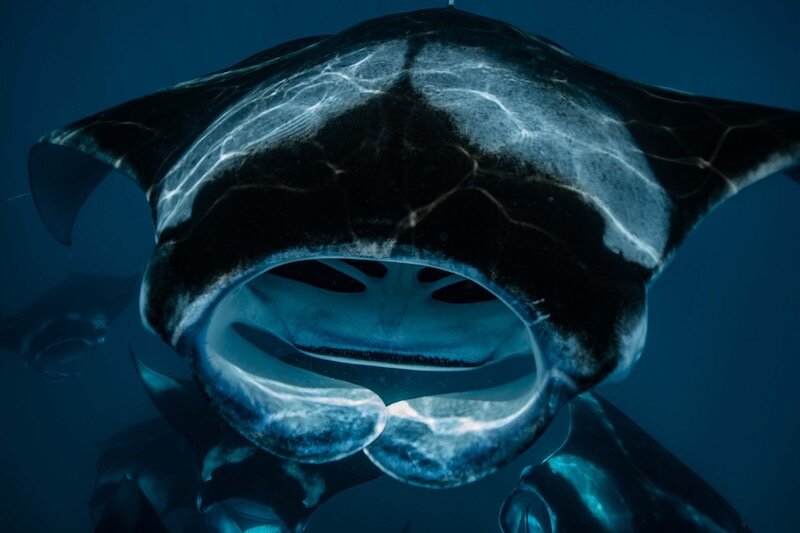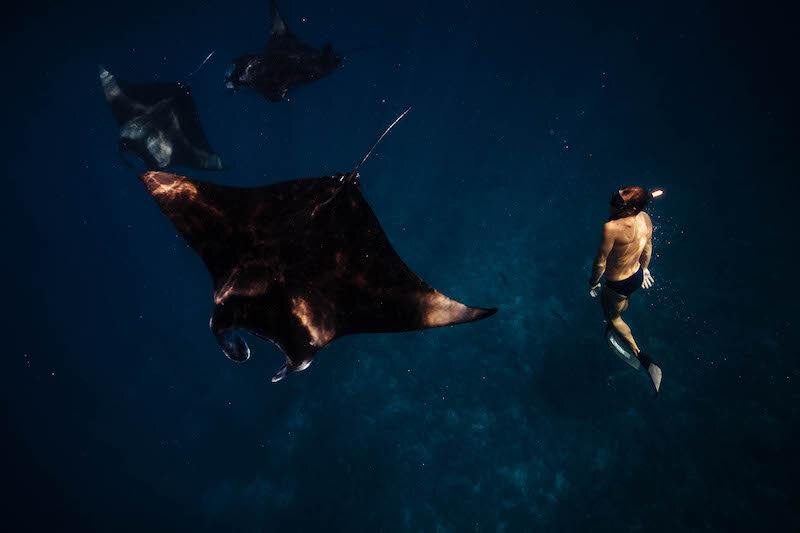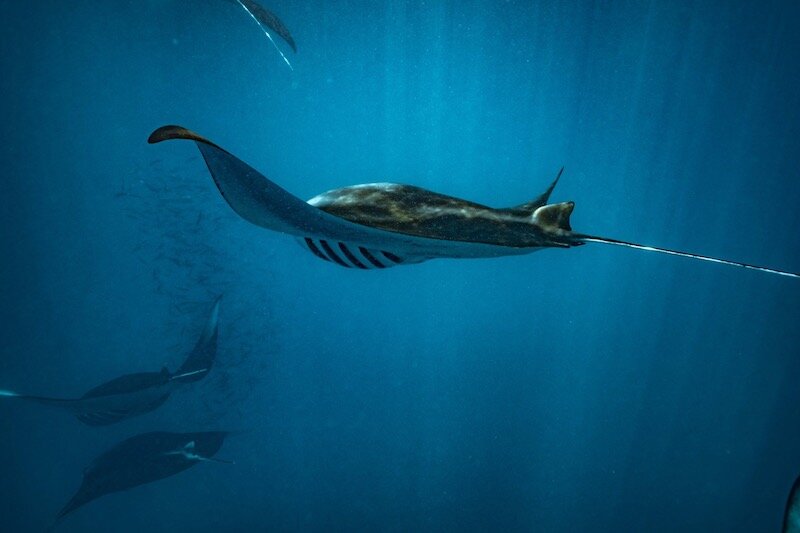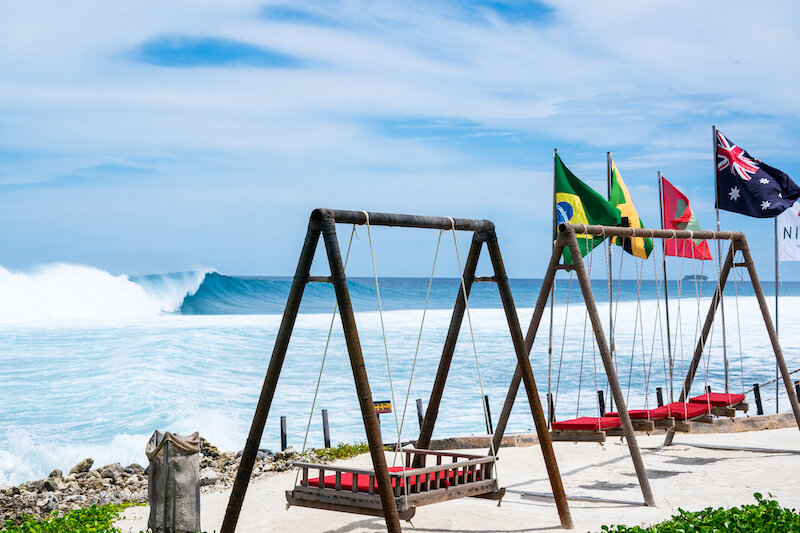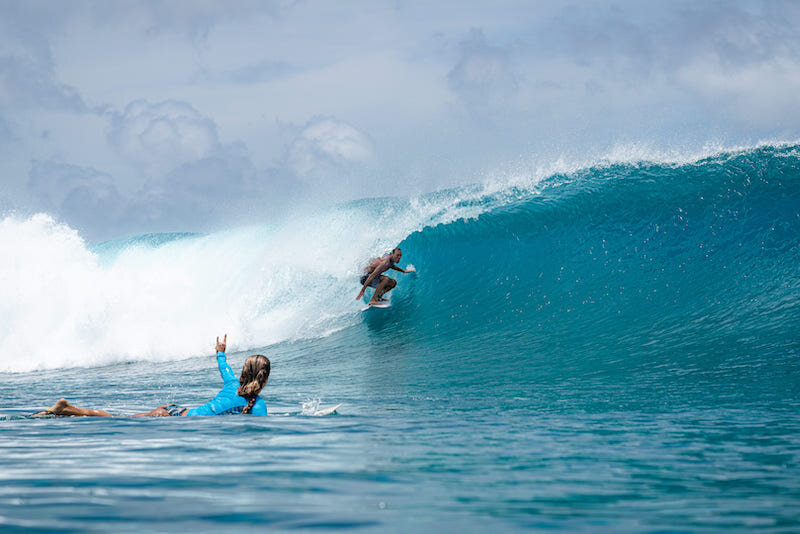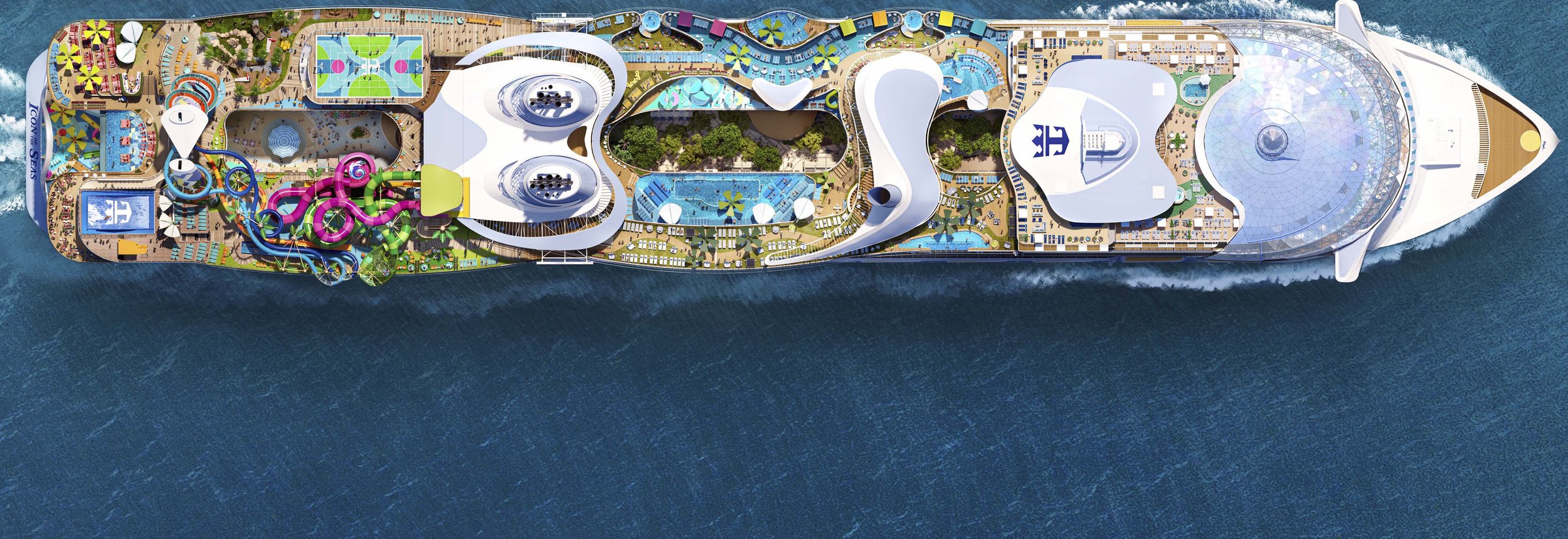I’ve been travelling for close on 30 years, and if there’s one piece of advice I can offer, a nugget of wisdom from my time on the road, it’s this: don’t play chicken with a shark.
And yet, perhaps I shouldn’t have expected any differently when I let the air out of my buoyancy jacket and drifted slowly down to the reef known locally as Bathala Maaga Khan Thila. Or, simply: Shark Point.
I had flown in a few days before – the Maldives is surprisingly easy to get to from South Africa, now just a nine-hour flight with Air Seychelles from Johannesburg – and immediately hopped a seaplane to Constance Halaveli resort in the North Ari Atoll, on the western edge of this necklace of coral islands. With bags unpacked in an over-water villa, a week of sun, sea and sand awaited.
Is there a better way to arrive on holiday?
But it was the sea I was most excited about on this trip, with a well-equipped PADI dive centre on site, and enthusiastic dive masters ready to take us out exploring. After a brief refresher course – a useful reminder of the basics, but full certification courses are also offered – in the shallows of the fringing lagoon, we headed out to the deep.
Experienced scuba diver or novice snorkeller? Both will be happy in the Maldives…
Scuba diving in the Maldives is nothing short of spectacular, with warm waters and incredible visibility stretching further than 30 metres. Diving is best from December to May, with the north-eastern monsoon bringing the best visibility underwater, and warm clear skies above.
Another plus-point is the diversity of dive sites, catering to all levels of skill and your appetite for adventure. Just about every island enjoys a colourful house reef that is an ideal introduction for beginners, while boat dives in the channels allow for exciting drift dives along deeper reefs. Like the one at Bathala Maaga Khan Thila.
It was here; 24-metres below, as I admired the abundant reef life, that I saw something emerging from the gloaming blue distance. A shark; barrel-chested and snout-nosed, coming towards me at speed. I stopped finning to watch; mesmerised by its beauty and grace.
And just as I thought it would swim past within touching distance, it gave an imperceptible flick of a fin and shot off into deeper water. In seconds, all that remained was a shimmer of grey receding. It was the close encounter that scuba diving dreams are made of.
While the islands are paradise for divers, it’s not the only way to find a little aquatic adventure in the Maldives. Another evening I spent a fantastic hour aboard a traditional dhoni, lowering a hand-line in the hope of catching supper for the chefs at Constance Halaveli’s beachfront grill. Luckily, the chefs had back-up. Another afternoon saw us snorkelling with turtles on a shallow reef not far from the beach, eye-balling a green sea turtle as it went about its lazy business.
Speaking of business, I have some that’s left unfinished in this archipelago of more than 1000 islands. The Maldives is famous for its close-up encounters with manta rays, but they were shy on my last trip. So next time I’m heading straight for the Baa Atoll – one of three UNESCO biosphere reserves in the Maldives – that’s home to the world-famous Hanifaru Bay.
Images above supplied by Soneva Fushi, which offers easy access to Hanifaru Bay.
It’s famous for attracting both manta rays and whale sharks, with populations peaking between May and November as plankton levels bloom and the miraculous mega-fauna of the Maldives flock to these shallow waters. It’s snorkelling only, and strict rules are followed to reduce the environmental impact of the experience, but that’s more than fine by me.
Along with my fins and mask, I’ll also pack my surf wax. The Maldives has also become sought-after with savvy surfers, thanks to its array of barrelling reef breaks. Surfing is best from April to October, when you’ll find that perfect combo of southerly swells wrapping around the eastern atolls, neatly cleaned up by seasonal offshore winds.
Hit the surf at Niyama Private Islands.
With the world slowly, yet steadily, opening up it’s time to stop dreaming and start planning that next tropical escape. I know where I’d love to go this summer…
Plan your trip: Air Seychelles flies weekly (departing Johannesburg on Friday evenings, returning Friday mornings) from Johannesburg to the Maldives, with a brief technical stop in the Seychelles. To plan an unforgettable Maldivian escape, go to VisitMaldives.com.
Entry requirements: South African passport holders receive a tourist visa on arrival to enter the Maldives. Ensure your passport is valid for at least one month after scheduled date of return, and has at least two blank pages for entry stamps.
Covid-19 Safety: On arrival in the Maldives all travellers must present a negative PCR test result, with a sample taken not more than 96 hours (four days) before departure for the Maldives. For the latest information and protocols, visit https://www.tourism.gov.mv/covid19. A PCR test must also be taken 72 hours prior to your return to South Africa. In-flight on Air Seychelles all travellers are required to wear a facemask, except when eating or drinking.
This is a paid partnership with Air Seychelles and Visit Maldives.




